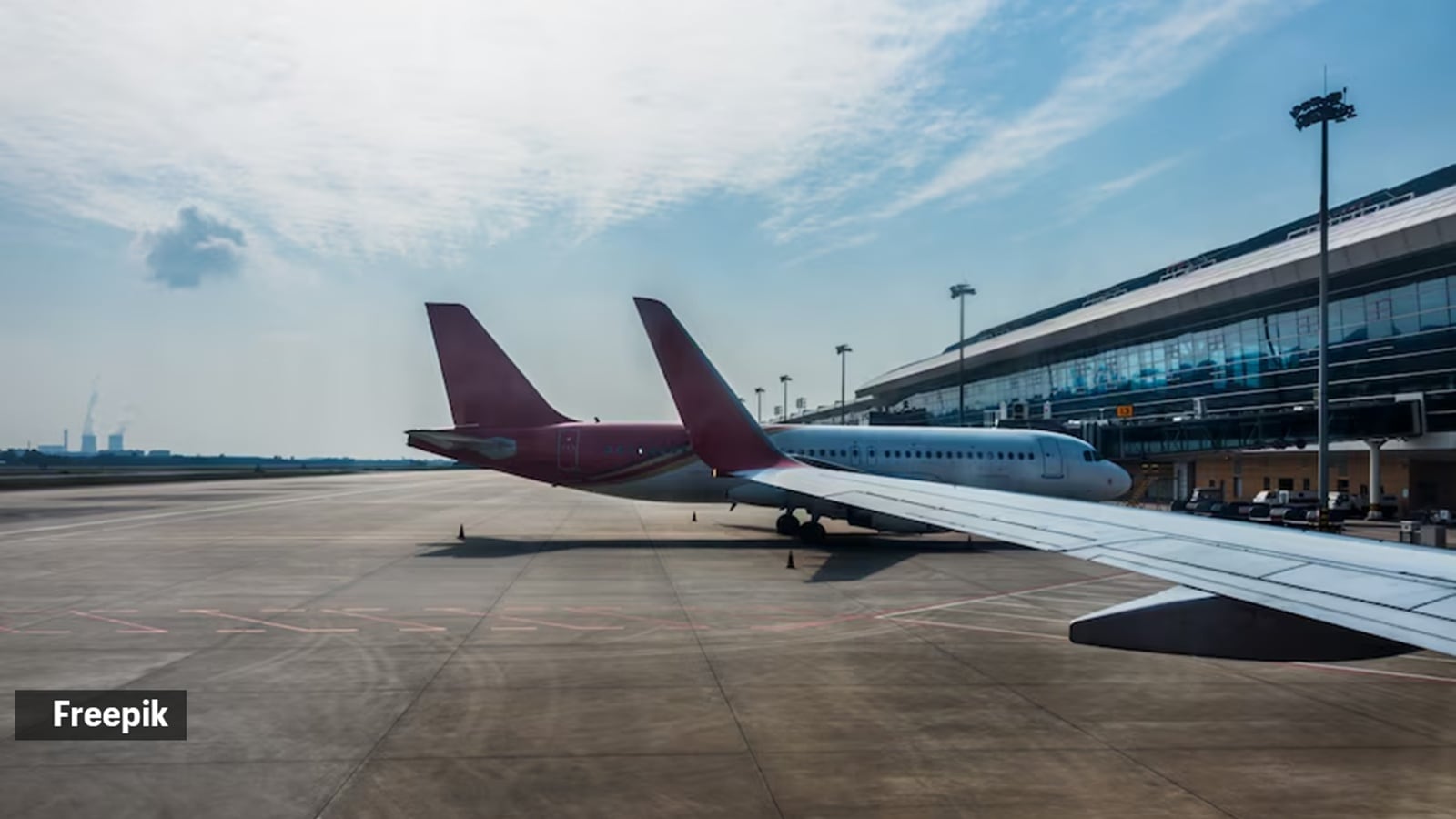📣 For more lifestyle news, click here to join our WhatsApp Channel and also follow us on Instagram
Why certain aircraft make a distinctive ‘barking’ or ‘grinding sound’ before takeoff
Did you know about this fascinating aspect?
 Have you ever noticed a strange sound? (Photo: Freepik)
Have you ever noticed a strange sound? (Photo: Freepik)Passengers on particular aircraft, like Airbus A320 and Airbus A330, often hear a distinctive ‘barking sound’ that closely resembles the noise of a saw. The grinding noise can often be disturbing, sounding strange, or you may feel concerned about your safety. If you have always been interested in learning more about this unique sound or find it fascinating, we have you covered.
It’s just a routine aircraft mechanism, explained Colonel Rajgopalan, founder of Aviation Training India.
It is the sound of a hydraulic pump operating automatically to maintain pressure. The Power Transfer Unit (PTU) causes this during single-engine taxi operations.
According to Rajgopalan, to save fuel during taxing and before takeoff, an aircraft switches on one engine and continues taxing when it is near a holding point before takeoff. “When one engine is operating, then only one hydraulic system is working. The other one (yet to be switched on) becomes unbalanced, creating pressure. That is the reason why this particular sound occurs,” he said.
In simple terms, when the PTU activates, it rapidly switches between the two hydraulic systems, creating a reciprocating flow of hydraulic fluid. This reciprocating action generates the barking or grinding noise.
 Can you hear the sound? (Photo: Freepik)
Can you hear the sound? (Photo: Freepik)
The sound is not a sign of any engine problems or danger, and it’s a regular part of the A320’s hydraulic system operation. “It is nothing to be worried about. It is part of the aircraft’s mechanism,” asserted Rajgopalan.
The PTU onboard the A320 is a hydraulically powered unit that exists to maintain a minimum pressure across two of the aircraft’s hydraulic systems, unlike traditional motors or pumps, which are most likely electrically operated, said Rajgopalan.
View this post on Instagram
What more should you know?
Rajgoapalan also mentioned that because of the PTU’s location on the aircraft, you’re more likely to hear the sound if you sit close to the aircraft’s wings. According to him, the PTU is located near the main landing gear, which is positioned close to the wings, allowing passengers to hear the sound distinctly.
📣 For more lifestyle news, click here to join our WhatsApp Channel and also follow us on Instagram



- 01
- 02
- 03
- 04
- 05
























